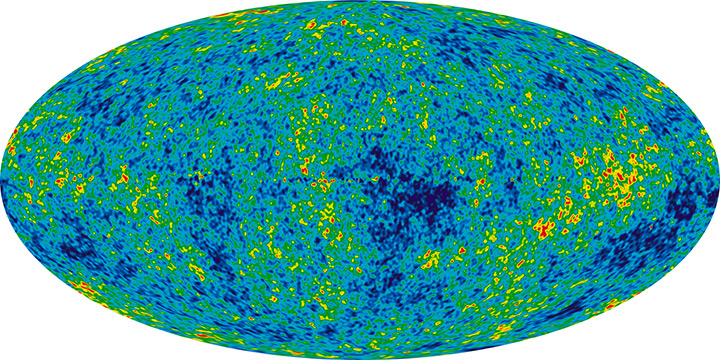There is still a certain amount of uncertainty surrounding the Tunguska Event, mostly because nobody was around to monitor it closely as it happened, and if they had been they would have probably died. But a large explosion occurred, perhaps several miles up in the air, near the Podkamennaya Tunguska river in Russia at just after seven in the morning on June 30th 1908. It remains the largest impact in recorded history, even though to this day we still don’t (and probably never will) know the size of the object involved. Estimates over the years have put it at anything from 60 to 200 metres diameter, with an even wider range of learned guesses for the force of the explosion. What isn’t in doubt is that the human population of this planet got really lucky that day, as the remoteness of the impact location meant that all 80 million known casualties were trees.
You’ve probably seen this photograph before, but I can’t stop myself from putting it in, because everybody else does. It was taken by the 1927 expedition to Tunguska led by noted Soviet (Estonian) mineralogist and meteorite specialist Leonid Kulik.
Partly because of the Tunguska Event, today is also “Asteroid day”, the main aim of which is to both raise awareness of the asteroid threat, and try to poke governments and scientific bodies into taking more urgent action to predict when the next Tunguska might happen so that something can be done about it in advance, rather than after Stockholm, for instance (which is at roughly the same latitude as Tunguska) has been destroyed by an undetected 500 metre wide rock falling from the sky.
Today also marks the launch, in 2001, of WMAP, the Wilkinson Microwave Anisotropy Probe, with the aim of mapping the afterglow left behind by a very young Universe, aged about 375,000 years.
WMAP’s famous baby picture of the Universe (image credit: NASA)
The illustration today, which you have probably seen before, is an all-sky picture of 13 billion year old temperature fluctuations in the range of about plus or minus 200 microKelvin. A microKelvin is very cold, by the way (one Kelvin is -273.15 Celcius).
1938 – Discovery, by Seth Barnes, of Carme, a retrograde moon of Jupiter. Originally known, unofficially, as Pan (a name since hijacked by one of Saturn’s smaller moons) it is named after the daughter of Phoenix and Cassiopeia, who was to be one of Zeus‘ many conquests, after which she became mother of the Cretan huntress goddess Britomartis.

